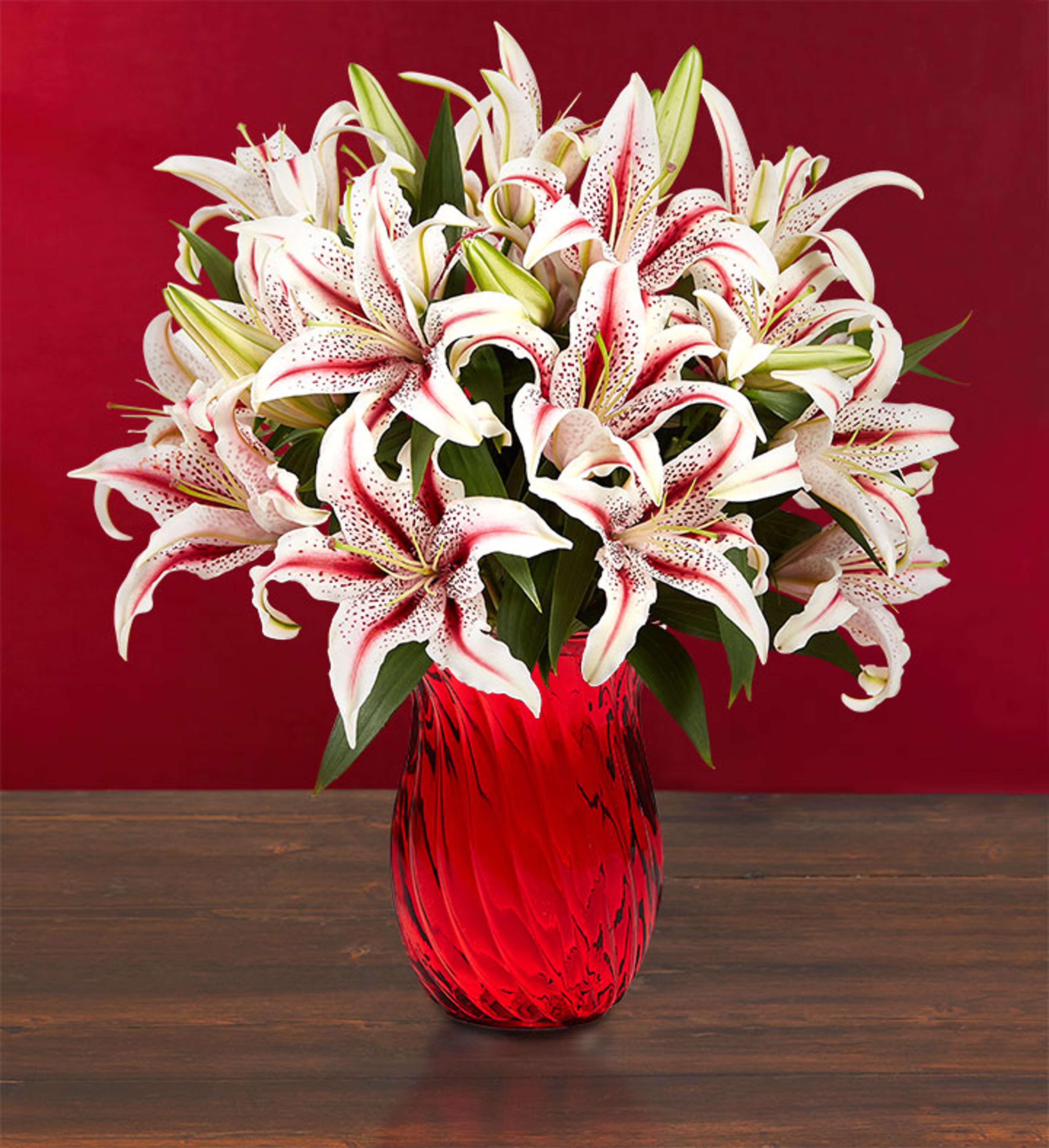8 Most Popular Christmas Flowers and Plants to Decorate With
Read up on the most popular Christmas flowers and how you can merry-fy your home with them this season.
Dec 09, 2019
Flowers and plants are Mother Nature’s very own decorative ornaments, so it’s no surprise they’ve become a staple of Christmas décor all over the world. And with so many popular Christmas flowers and plants to choose from, it can be hard to stick with just one when you’re adorning your home for the holidays.
Read up on the most popular Christmas flowers and plants and how you can merry-fy your home with them this season.
1. Poinsettias are the Christmas flower
With its long, velvety red leaves, the poinsettia is the definitive Christmas bloom. But did you know that it’s actually a tropical plant and doesn't like cold weather?
2. Everyone loves mistletoe

One wish that’s sure to make everyone’s Christmas list: to snag a kiss from that someone special standing beneath the mistletoe! Before you hang the smooching plant in your doorways, learn more about this holiday party mainstay, including its history and how it came to be Christmas’ most romantic greenery. Pucker up!
3. Deck the halls with holly
These prickly little green leaves and their vibrant red berries garnish everything from Santa hats to tableware during Christmastime. But decking the halls with boughs of holly is hardly a modern custom: The Druids used to hang it on their windows to ward off bad spirits. Now, Christians associate the red berries with the blood of Jesus and the pointy leaves with the crown of thorns Jesus wore when he was crucified. Use fresh holly to embellish wreaths, garland, table settings, centerpieces, Christmas presents…just about anything you can think of!
4. Give tidings of joy with ivy

Ivy was the plant dedicated to Bacchus, the Roman god of wine, who wore it on his head as an emblem of eternal life, good luck, and fertility. Because of ivy’s tendency to grow in an upward spiral, Christians today deem it a symbol of Jesus’ resurrection. Give tidings of joy to your guests or passersby by propping up an ivy topiary on a fireplace mantel or large windowsill.
5. The Christmas cactus: a Christmas tree alternative
For those who live in warmer climates, the Christmas cactus has become the go-to alternative to a Christmas tree. This year, take some tips from Australian, African, and South American traditions and decorate your cactus with your beloved ornaments! Show off your zesty Christmas décor in the kitchen, a bathroom, or any other unexpected spot in your house.
6. Get festive with lilies

Lilies come in a variety of festive colors and patterns, such as snowy white and even candy stripes! This beautiful star-shaped flower is perfect for crafting into ornaments and decorating a Christmas tree with.
7. Add a touch of comfort with amaryllis
The red, bell-shaped blooms of the amaryllis are reminiscent of the golden Christmases of yore. This flower with old-world beauty is available throughout the late winter, making it a choice item to decorate with during the Christmas season. Place an Amaryllis bulb on a side table or coffee table to bring some extra comfort to your living room.
8. Dazzle guests with Ornithogalum
Otherwise known as “the star of Bethlehem,” this brilliant white flower shines brighter than the North Star. Together with amaryllises, white marvel tulips, a white aiolos hyacinth, ornithogalum can bring a lot of dazzle to your dining room table.













